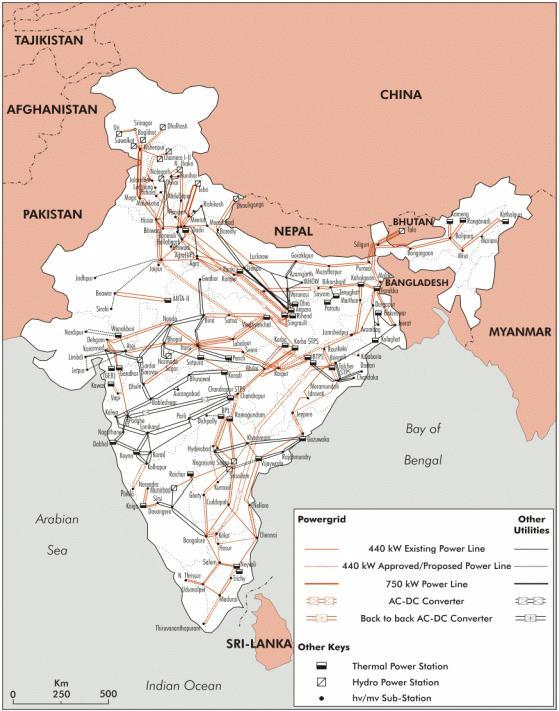
As of June 2022, a total of 160.92 GW of renewable energy capacity has been installed in India. If this ambitious goal is achieved, India will become one of the largest producers of green energy in the world, surpassing even some developed nations. The goal of significantly increasing the country’s capacity was pursued with a view to greater energy security, better access to energy, and more employment opportunities. However, the recently updated Nationally Determined Contributions (NDCs) approved by the government calls for about 50 per cent of cumulative power generation capacity to come from non-fossil energy resources by 2030, falling short of the absolute target of 500 GW pledged at the 2021 CoP26 in Glasgow. In line with the 2022 target, India reached the 100 GW milestone in 2021. As per the renewable energy targets announced by the Prime Minister in 2015, India has committed to create an installed capacity of 175 GW of renewable energy by 2022, including 100 GW from solar, 60 GW from wind, 10 GW from biomass, and the remaining 5 GW from small hydro. Recognizing India’s contribution to a sustainable environment, the country is committed to increasing its contribution to achieving the Paris Agreement’s agreed-upon strengthening of the global response to the threat of climate change. Launched jointly by India and France in 2015 on the sidelines of the 21st Conference of the Parties (CoP21) to the United Nations Framework Convention on Climate Change (UNFCCC), International Solar Alliance is a testament to India’s commitment to providing affordable, clean, and reliable energy to all its citizens, and its work towards building a brighter future for a country facing socioeconomic challenges such as high population density, relatively high water stress and land use constraints, and structural poverty, with energy affordability being a major concern. Statistics have shown highly impressive growth in India’s renewable energy sector, where India will lead the world in areas such as solar power and batteries in the coming decades.


The growing number of net-zero emissions pledges by countries and companies reflects the increasing sense of urgency and momentum behind the clean energy transition. The energy landscape around the world, and in India in particular, has changed dramatically over the last decade, especially in light of efforts to strengthen policies to combat the threat of climate change. While talking about issues such as climate change mitigation, energy security, and providing clean electricity to hundreds of millions of people who currently do not have access to it, the Indian government and policymakers often think of the tremendous opportunities to develop and successfully meet the aspirations of its citizens without going down the carbon-intensive path. It is time for the global community to come together, share ideas, and think of environment-friendly solutions to address the challenges in the energy sector, especially to harness the enormous potential of renewable energy on a large scale. These common goals provide scope for cooperation, which led to the setting up of the SCEP.ĭuring the meeting on Tuesday, the sides noted the growing importance of bilateral energy cooperation between the countries while underscoring the critical importance of bilateral clean energy engagement and the achievements of the SCEP in strengthening energy security, creating opportunities for clean energy innovation, addressing climate change and creating employment generation opportunities.In this article, Biba Jasmine says India’s commitment to renewable energy reflects its synergistic efforts to accelerate solar growth and provide energy access to all. It is targeting installing 500 gigawatts (GW) of renewable energy capacity, reducing the emissions intensity of its economy by 45 per cent, and cutting a billion tonnes of CO2. India has announced aims to reach net zero emissions by 2070 and to meet 50 per cent of its electricity requirements from renewable energy sources by 2030. And so in order to do that, we have to partner and we've got to learn from those who are doing it well and can scale (up) really well," she said.

"So that means we have to do everything, everywhere, all at once.


 0 kommentar(er)
0 kommentar(er)
